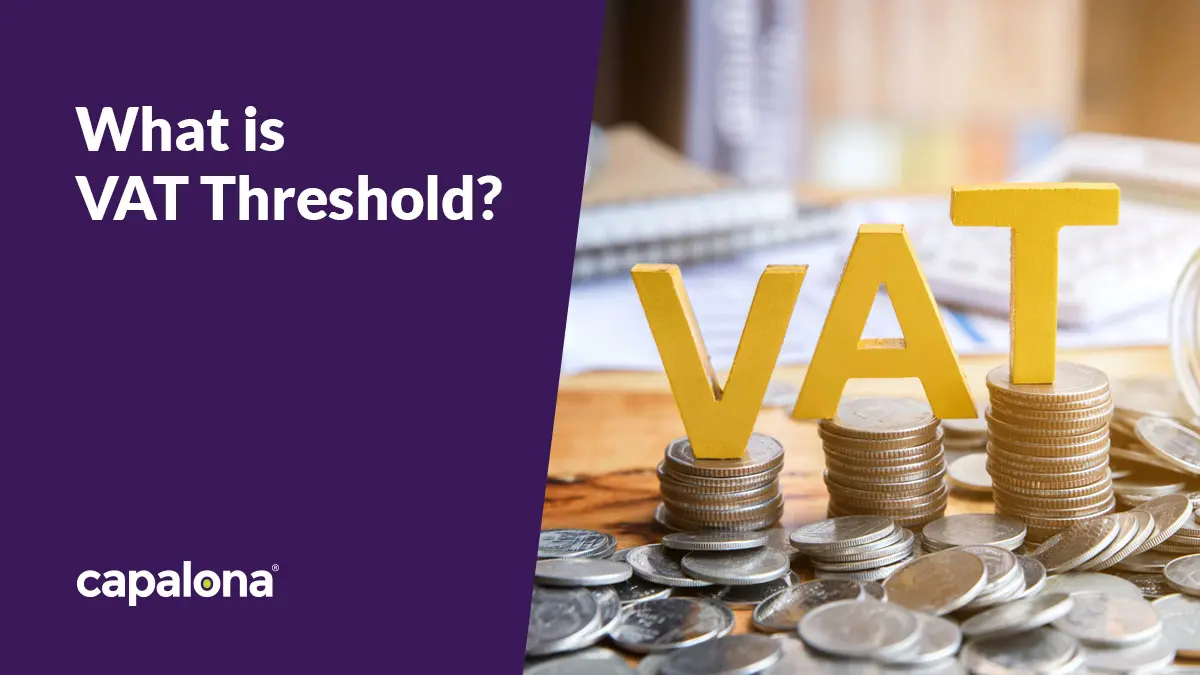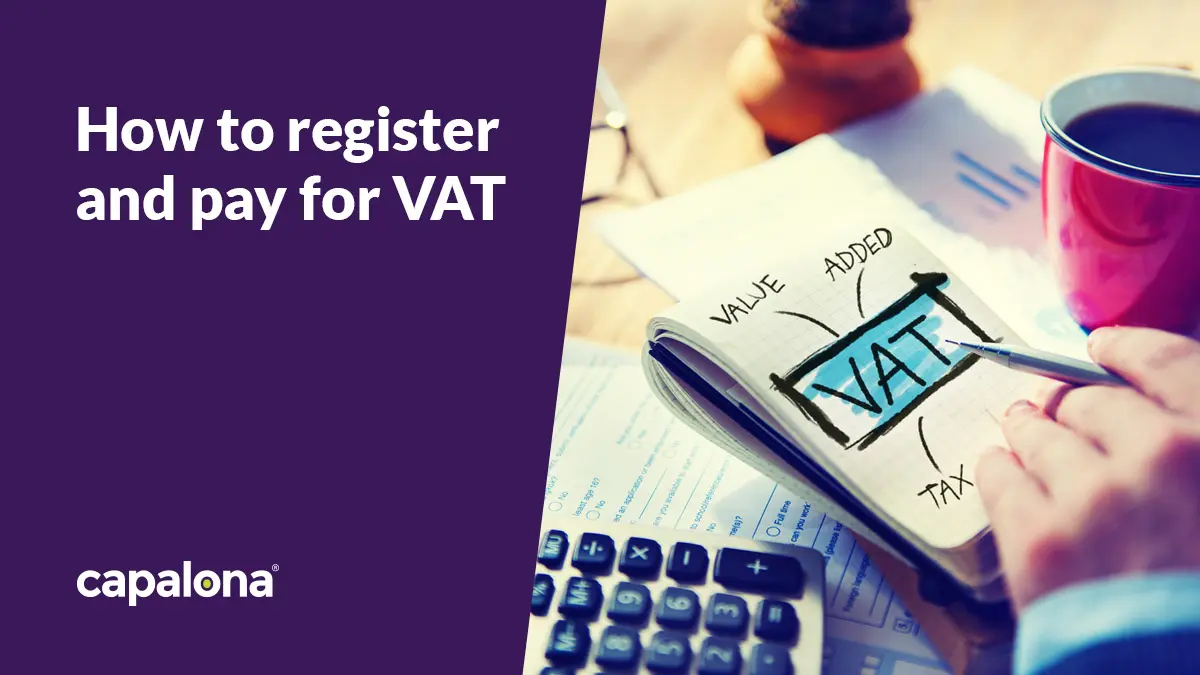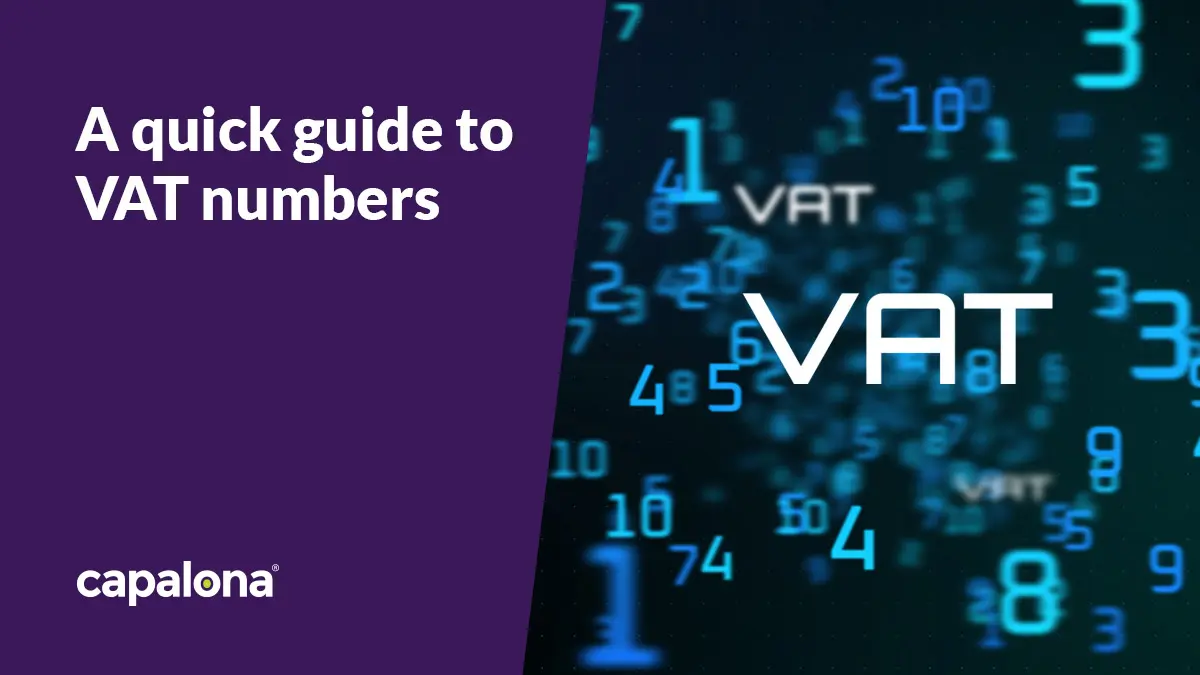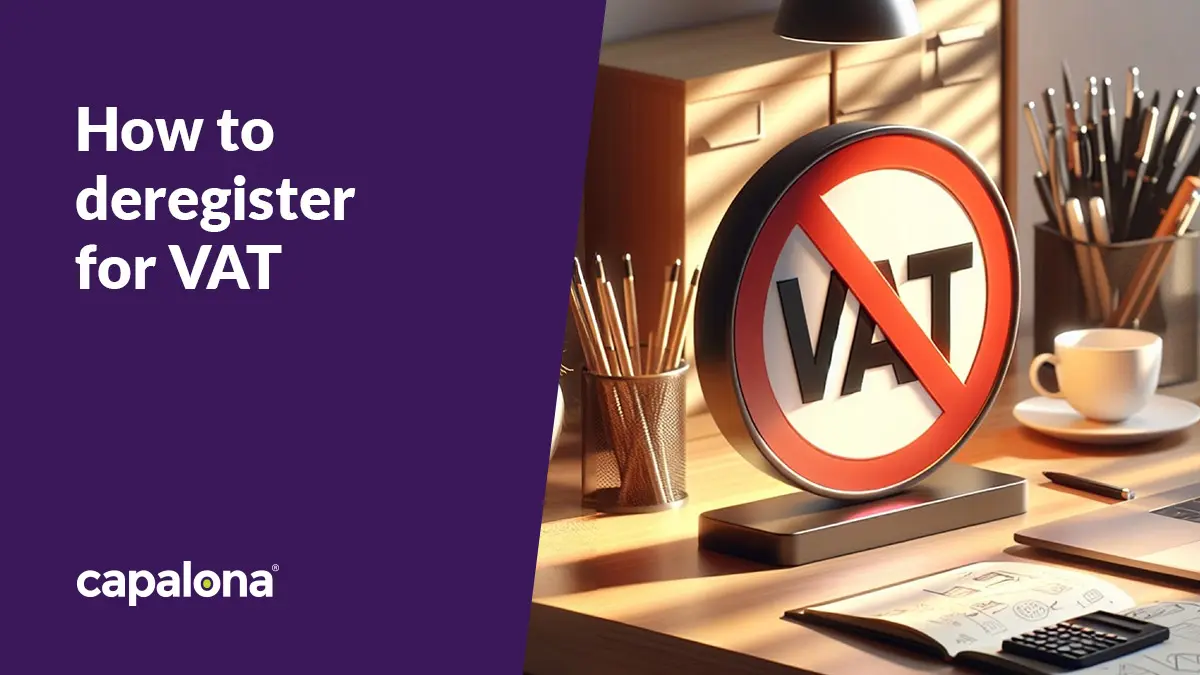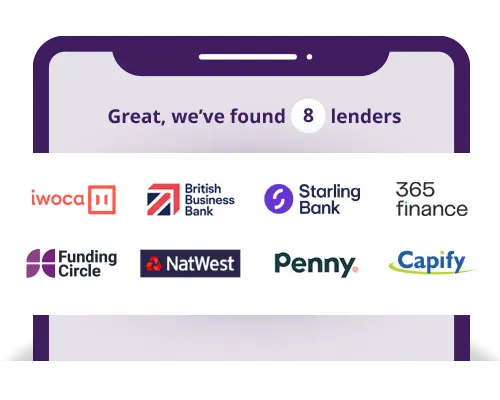If your income is increasing, when do you start paying value-added tax? We answer all those questions and more.
What is a VAT threshold?
The threshold for VAT is when you make enough income to pay value-added tax. The current VAT threshold is £90,000. So, as soon as you make or think you'll make £90,000 or more, you must register and pay value-added tax on all your products and services. This is the current VAT threshold for both large and small businesses.
Can you be VAT registered under the threshold?
Yes, you can register for VAT even if you don't meet the £90,000 income threshold. Sounds odd, why would you voluntarily pay VAT? You can register for VAT below the threshold to look more professional or to reclaim VAT for business purposes.
Do I need to add VAT to my products?
If you're VAT registered, you must add VAT to any products that qualify for VAT. That means you can either add 20% to your products, so the customer pays the product price plus 20%, or you can absorb the 20% VAT cost and continue charging the same price.
Is the VAT threshold net or gross?
When looking at what counts towards the VAT threshold, it is based on gross company turnover, not net profit. That means it includes any taxable sales or income before deductions and expenses, i.e. wages, marketing, etc.
Not sure how to calculate VAT? Use our free VAT calculator.
What happens if I go slightly over the VAT threshold?
If your income goes over the VAT threshold in a 12-month period, you must register for VAT and submit and pay backdated VAT returns. If you can provide evidence that exceeding the VAT threshold is temporary, you can apply for an exemption from HMRC.
What's the VAT deregistration threshold?
The VAT deregistration threshold is £88,000. This threshold is set £2,000 lower than the registration threshold to allow for income fluctuations and therefore negate the need for unnecessary deregistration and re-registration.
Why would I want to stay under the VAT threshold?
There are many reasons why you might want to keep your small business under the value-added tax threshold. Not least because being VAT registered means more paperwork. From filing the return to keeping accurate records, some business owners just don't want the hassle.
Another reason you might want to keep turnover below the £90,000 threshold is to remain competitively priced. You have to add VAT to all your sales prices, so if your customers are sensitive to price rises, you might struggle to retain them.
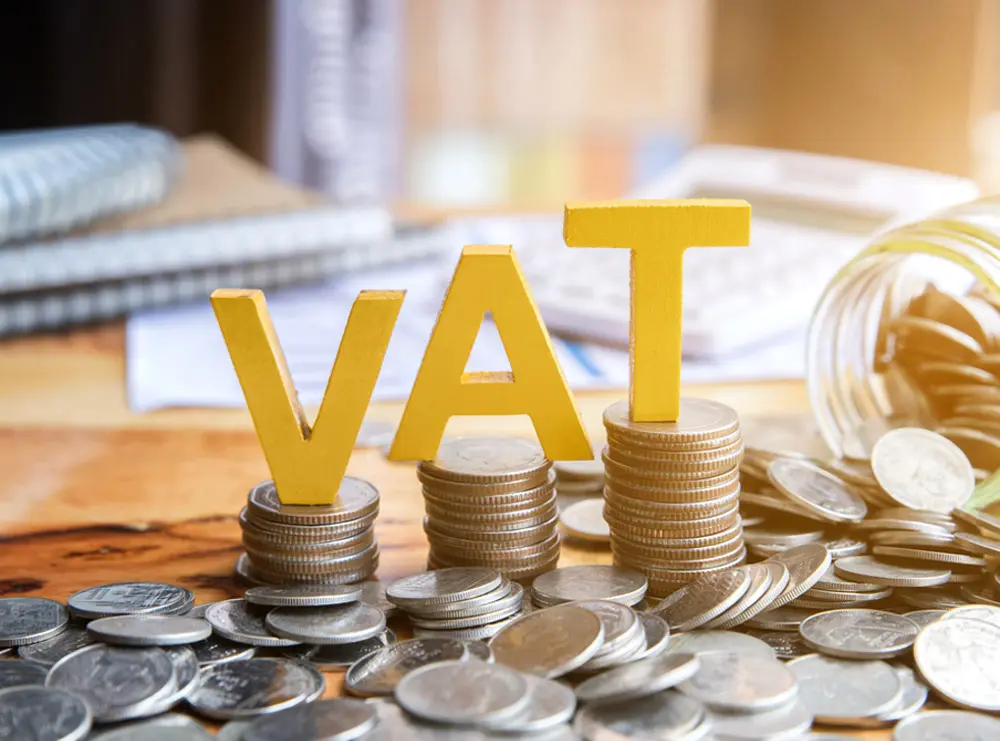
How to stay under the VAT threshold
There are a few things you can do to keep below the VAT threshold:
Create financial forecasts
To know when you're close to reaching the VAT threshold, you need to monitor your finances. That means you'll know whether taking on certain work will push you into that threshold. To make it easier to understand the state of your business finances you can make use of invoice management software to understand income and expenditure to better forecast.
Strategically invoice clients
By timing your invoices, you can closely manage when you receive money and control finances to ensure you don't exceed the threshold. For example, you could delay invoicing until the beginning of the next financial year to ensure you remain below the threshold.
Diversify income streams
Consider introducing complimentary goods and services to even out any seasonal fluctuations. This reduces the chance that one product or service alone creates a revenue peak, pushing you over the VAT threshold.
Companies that are exempt from VAT
A number of businesses are exempt from charging VAT and reclaim VAT on purchases and expenses, including schools, universities, hospitals and other healthcare providers such as dentists and registered doctors.
Is the VAT threshold going up?
The VAT threshold has just increased to £90,000 from £85,000 on 1st April 2024. But to keep up-to-date on further VAT threshold increases, visit gov.uk.
Need help paying an unexpected VAT bill?
At Capalona, we work alongside UK lenders offering VAT loans — a loan you can use to pay your VAT bill in full, repaying the lender in manageable monthly instalments keeping cash flow healthy.
So, if you’re a VAT-registered UK business, you can compare lenders for free using our self-serve business loan comparison tool.
Compare lenders and total repayable costs instantly without affecting your credit score.

